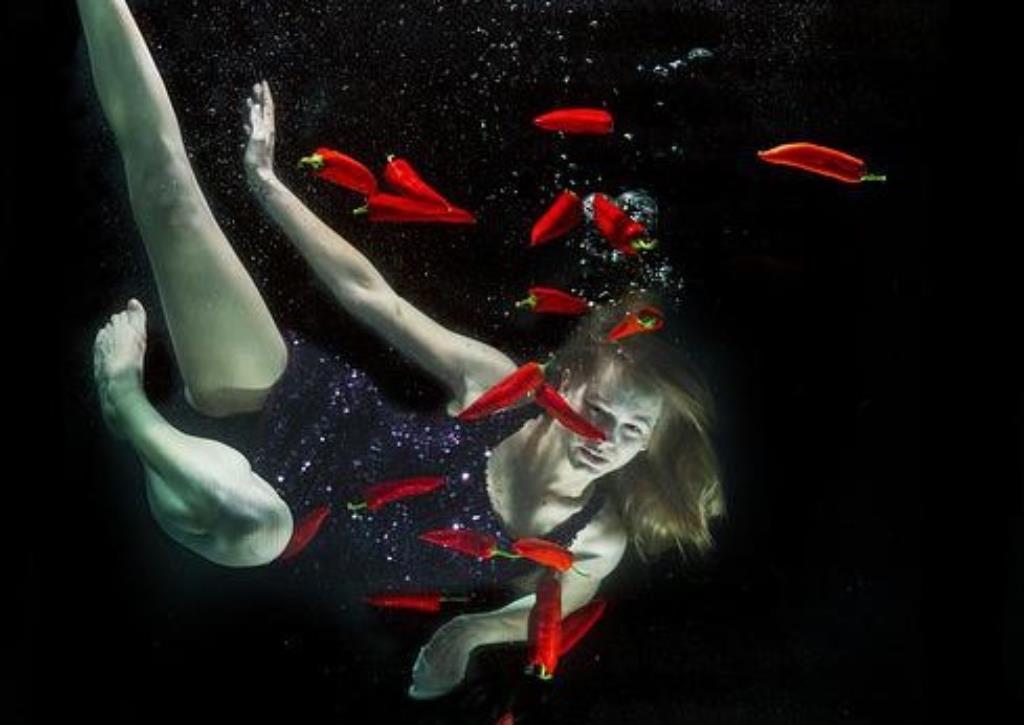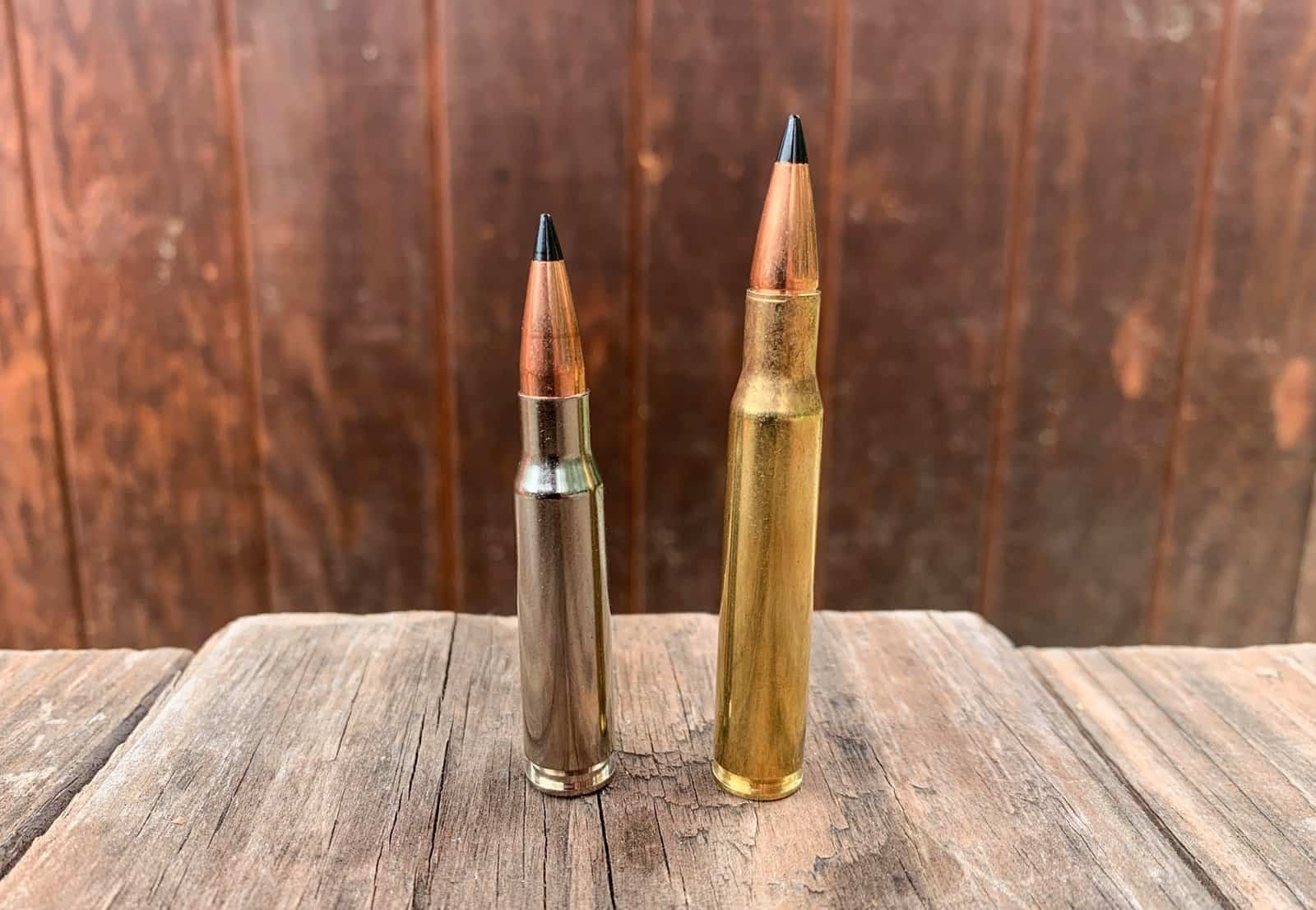Underwater photography is a branch of photography dealing with taking photos while the photographer is underwater. Many people enjoy seeing underwater images of marine environments and creatures and wonder what magic is used in taking such beautiful images. Some people think these photos are fiction stories that have been created out of imagination. They are wrong in this thinking because underwater photography is a reality, and anyone can do it with proper training and guidance.
Underwater photography applications
Underwater photography has for a long time been applied in taking photos of marine environments and organisms for studies. Still, fashion models nowadays prefer to take pictures underwater to get publicity for their brands and fashion. Underwater photography also finds application in life-saving missions where it’s used to locate victims of ship accidents and terrorist attacks.
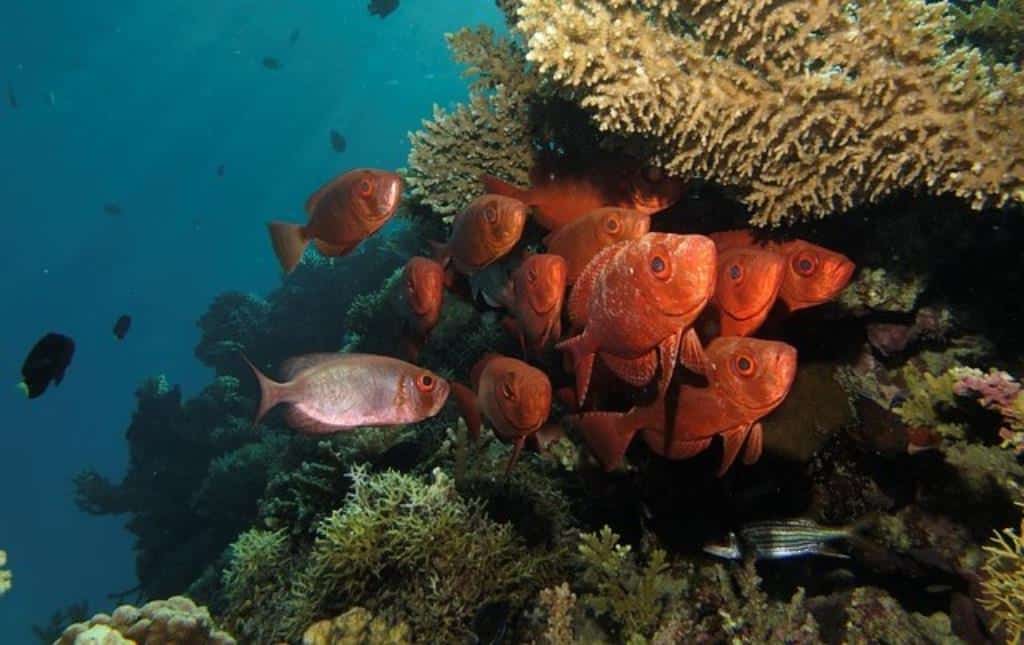
Underwater photography is done by very determined and passionate photographers who don’t fear water depths and those who fear water may have to harden up to succeed in this area. Once you are confident to venture into underwater photography, the next thing is to know how it’s done. We will guide you in this process to ensure you become a pro. Here are some preliminary preparations for successful underwater photography
Determine how deep in water you intend to go
The depth you want to achieve in your underwater photography determines the kind of prior training you should have. It will help if you are sure that you can easily maneuver in water before going for actual shooting. Shooting on shallow water, for example, below one meter, may not require a lot of training, but for deeper shooting, you need to be good at scuba diving and other diving skills before you take your camera into the water.
Therefore, you should practice without your camera a day or two before shooting. Prior practice ensures that you can operate your swimming gear with ease so that when shooting, you only concentrate on your camera and not on how to position yourself in the water. Therefore, have prior practice in the area you want to shoot photos to familiarize yourself with the conditions, such as the waves, tides, and terrain.
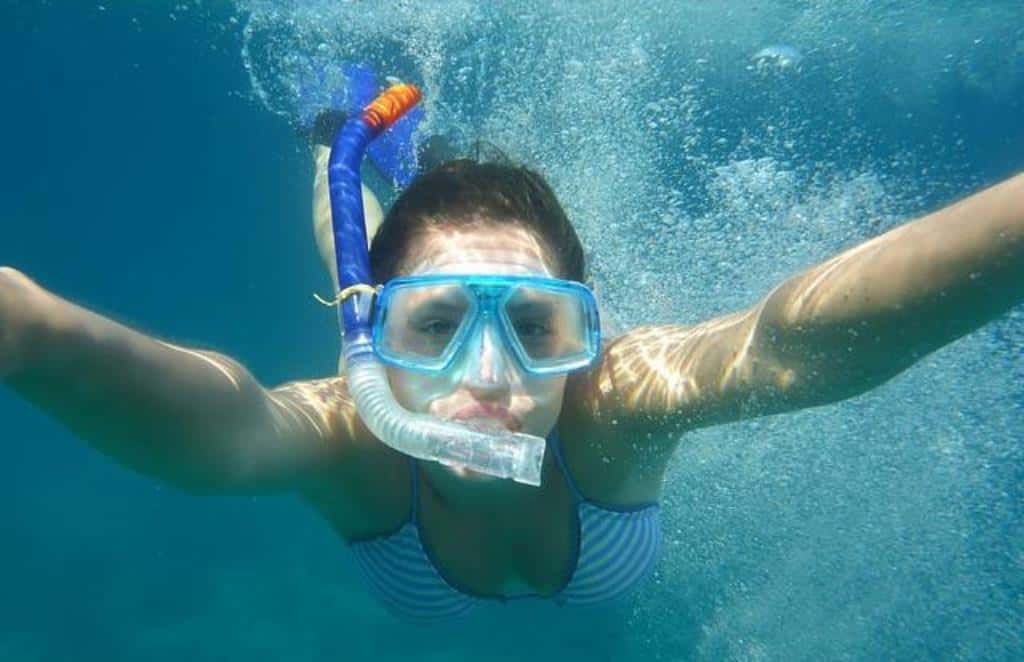
Assemble the right camera and associated accessories
You need to have the right camera and accessories in your possession when shooting underwater photos. The camera you have should be waterproof both in shallow and deep water. A camera could be watertight in shallow waters but allow in water when taken deeper where pressure is higher. Ensure that the camera is resistant to water, even in deep waters, to avoid ruining your photos. Alternatively, you can use plastic cases and pouches to protect your camera from water.
Accessories such as strobes and color correction filters come in handy when shooting underwater. The strobe helps you get enough light in the scene to get the subjects’ true colors by limiting the domination of blue and green wavelengths associated with water scenes. A strobe is also helpful in freezing motion and using higher shutter speeds for motile subjects.
Color correction filters are often attached to the front camera lenses using screws to get the right color balance and reduce back scatter. Color filters may not be helpful below 30 feet where red, orange, and yellow wavelengths are absent.
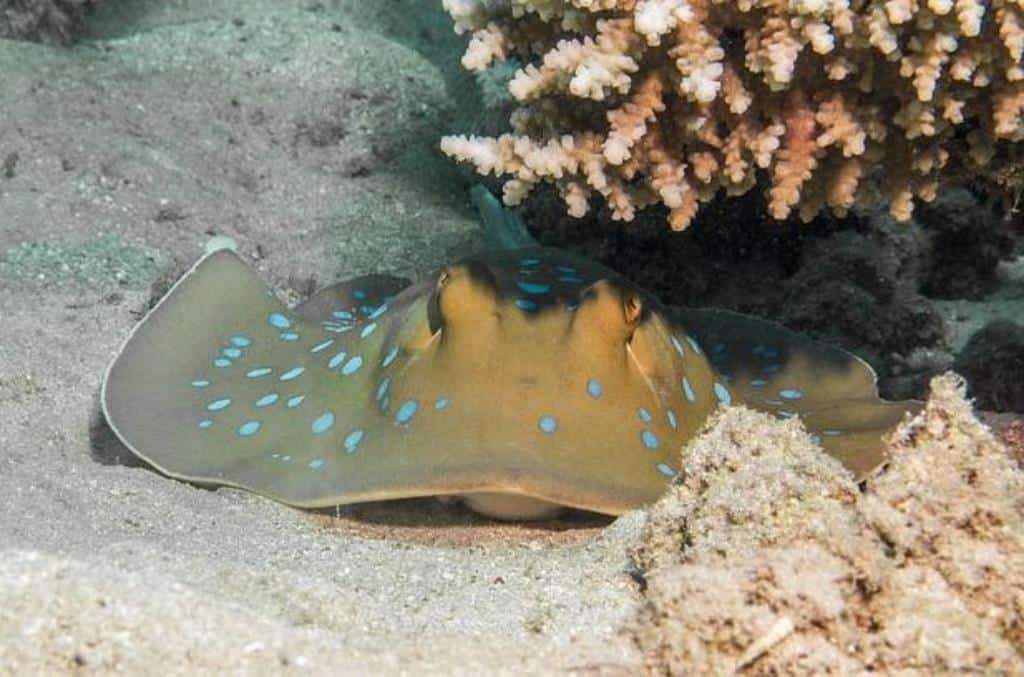
Lenses have to be chosen before the work starts. Underwater photography does not allow you to change your lenses in the course of the job without having to come out of the water. You can choose the ultra-wide-angle lens for close focus or the macro lens for close-ups within hand reach distance.
How to shoot underwater photography
Once you have gathered the right camera, associated accessories and are confident about your swimming skills, you can now shoot. Do this when in water for beautiful shots.
1. Find clear and calm water and get in
Clear and calm water gives you clear images than areas with muddy water or near stirred water. You can get into the water alone, but it’s advisable to go with a fellow photographer for safety measures and ease of discovering scenes and subjects in the water.
2. Go near the subject as much as possible
When in water, looking for scenes and subjects, it’s good to go near them as much as possible to get clear photos. Water is known to reduce image sharpness, contrast, and color. This effect is countered by going near the subjects as much as possible. However, when approaching motile objects, you should tread carefully to avoid dispersing them. It would be best also to approach dangerous subjects with care to prevent possible attacks.
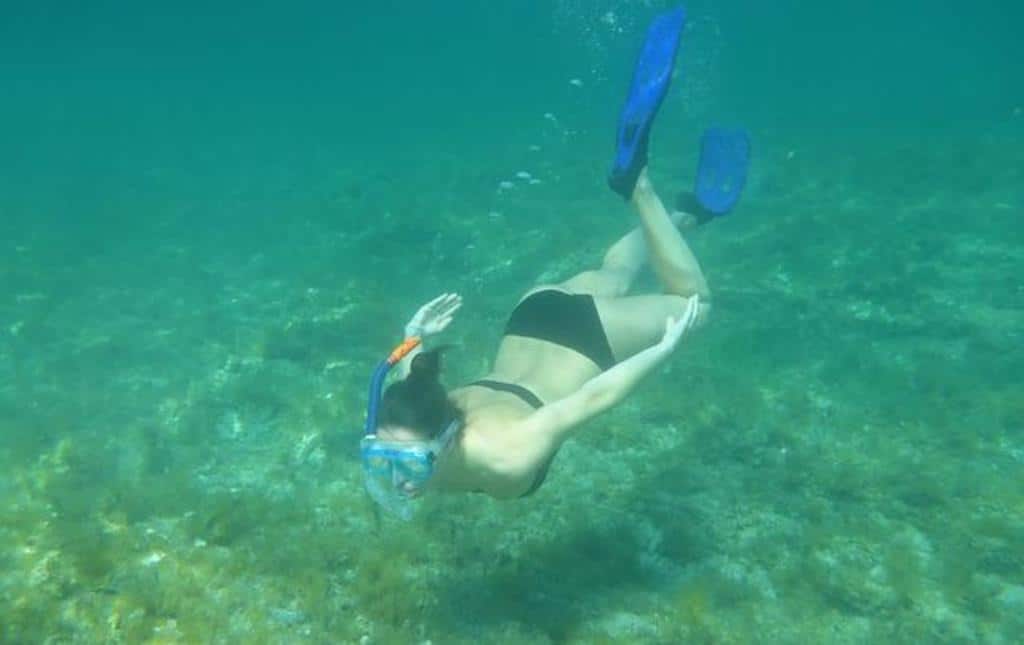
3. Ensure the subjects are well illuminated
There should be ample light to illuminate the subjects to ensure you get clear images. The camera flash is used to light the objects by setting them to forced flash mode. You can alternatively use a strobe for lighting the subjects and preventing backscatter.
4. Use the lowest ISO setting to avoid noise in your images
An ISO of 100 or 200 works well with well-lit scenes, but you can use a higher ISO if the light is scanty. Avoid high ISO because the higher the ISO, the higher the chances of getting noise in your images.
5. Operate your camera when zoomed out and on auto mode
Operate your camera when zoomed out and on auto mode for white balance, shutter speed, and focus. A zoomed-out camera lets you capture clear images of far away subjects as if they are near. Auto settings on your camera ensure you have an easy time underwater, where it may be hard to set the camera manually without water infiltrating into the camera. If your camera is manual, do the light setting before getting into the water.
6. Use editing software to process images
Use the right editing software to correct little flaws common with underwater photos. The software helps improve features in your raw images to get quality images that are more appealing to the viewers.
Conclusion
Underwater photography is a challenging but fascinating branch of photography. It allows us to get the best shots of marine creatures and the environment that many people think of as just fiction. Underwater photography is an actual practice that you can also do with proper training and guidance. This write has highlighted some tips on how you can successfully take photos underwater. Reading it keeps you ahead of others who think underwater photography is just fiction. We hope you will be able to take the first step to at least try with shallow water and then go deeper.
